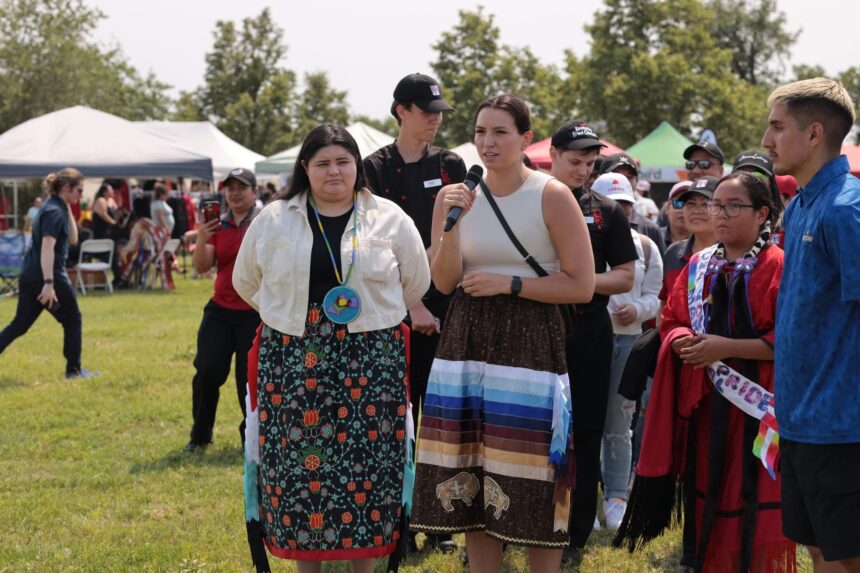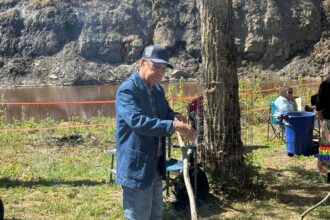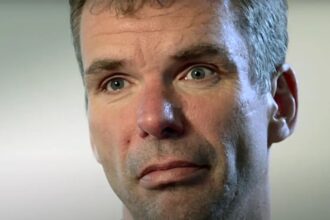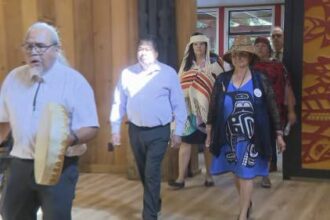Indigenous Youth Voting Canada Energizes Political Future
In the quiet community hall of Maskwacis, Alberta, 19-year-old Sarah Littlefeather demonstrates the power shift occurring across Canada’s political landscape. As she organizes fellow Indigenous youth for an upcoming federal election information session, Littlefeather represents a growing movement that could reshape Canadian democracy.
“Our ancestors fought for our right to participate,” Littlefeather explains, arranging chairs in a circle—a deliberate choice that honors traditional Indigenous council practices while creating space for modern electoral discussions. “Many of us are the first generation in our families who’ve grown up without the direct shadow of residential schools or the inability to vote.”
Recent data from Elections Canada shows Indigenous voter turnout jumped nearly 15 percentage points in the last federal election, with voters under 30 leading this surge. This shift comes after decades of underrepresentation that stems from both historical disenfranchisement and ongoing systemic barriers.
Historical Context and Growing Participation
Indigenous peoples in Canada were denied the federal vote until 1960 unless they gave up their Indian Status—an impossible choice between citizenship rights and cultural identity. This history of exclusion created generational distrust of electoral systems, something today’s Indigenous youth are actively working to overcome.
“We’re not just voters—we’re becoming candidates, campaign managers, and policy advisors,” notes Melissa Thunder, director of CO24 Politics, who has tracked the rising influence of Indigenous voices in Canadian governance. “The question isn’t whether Indigenous youth will participate, but how their participation will transform our political conversation.”
Demographic Shifts and Strategic Efforts
This transformation comes at a critical moment. According to Statistics Canada, Indigenous peoples represent Canada’s youngest and fastest-growing demographic, with approximately 44% under age 25. Their electoral influence will only increase in coming years, particularly in key ridings across Manitoba, Saskatchewan, and Northern Ontario where Indigenous voters can swing election outcomes.
Organizations like the Assembly of First Nations and Canadian Roots Exchange have launched comprehensive get-out-the-vote campaigns specifically targeting young Indigenous voters. Their strategies include leveraging social media platforms like TikTok and Instagram while conducting traditional community organizing through on-reserve workshops.
Challenges Remain
However, significant challenges remain. A CO24 News investigation found Indigenous voters on reserves still face substantial barriers, from polling stations located hours away from communities to complex ID requirements that disproportionately affect those living on reserves where standard addressing systems don’t always exist.
“The system was designed without us in mind,” says electoral reform advocate Jason Cardinal. “But rather than stay out, we’re pushing our way in and demanding the system adapt to recognize our realities.”
Beyond the Ballot
This movement extends beyond simply casting ballots. Young Indigenous leaders are advocating for electoral reform, pressing for proportional representation systems that could better reflect Canada’s diversity, and demanding that parties address Indigenous priorities in their platforms.
The economic implications are substantial as well. Political analyst Devon Wilson from CO24 Business points out that “increased Indigenous political participation correlates with greater economic development opportunities in Indigenous communities, as elected officials become more responsive to these previously overlooked constituencies.”
The Road Ahead
As the sun sets in Maskwacis, Littlefeather’s voter information session has drawn over forty participants—most under 25—eager to understand how their votes might influence federal policies on issues ranging from clean water infrastructure to Indigenous language preservation.
“Our communities face unique challenges that require unique solutions,” Littlefeather tells the gathered crowd. “When we vote, we’re not just participating in the system—we’re transforming it from within.”
As Canada approaches its next federal election cycle, the question remains: will political parties recognize this emerging electoral force and substantively address Indigenous priorities, or will they miss the opportunity to engage with Canada’s fastest-growing voting demographic at their own peril?











